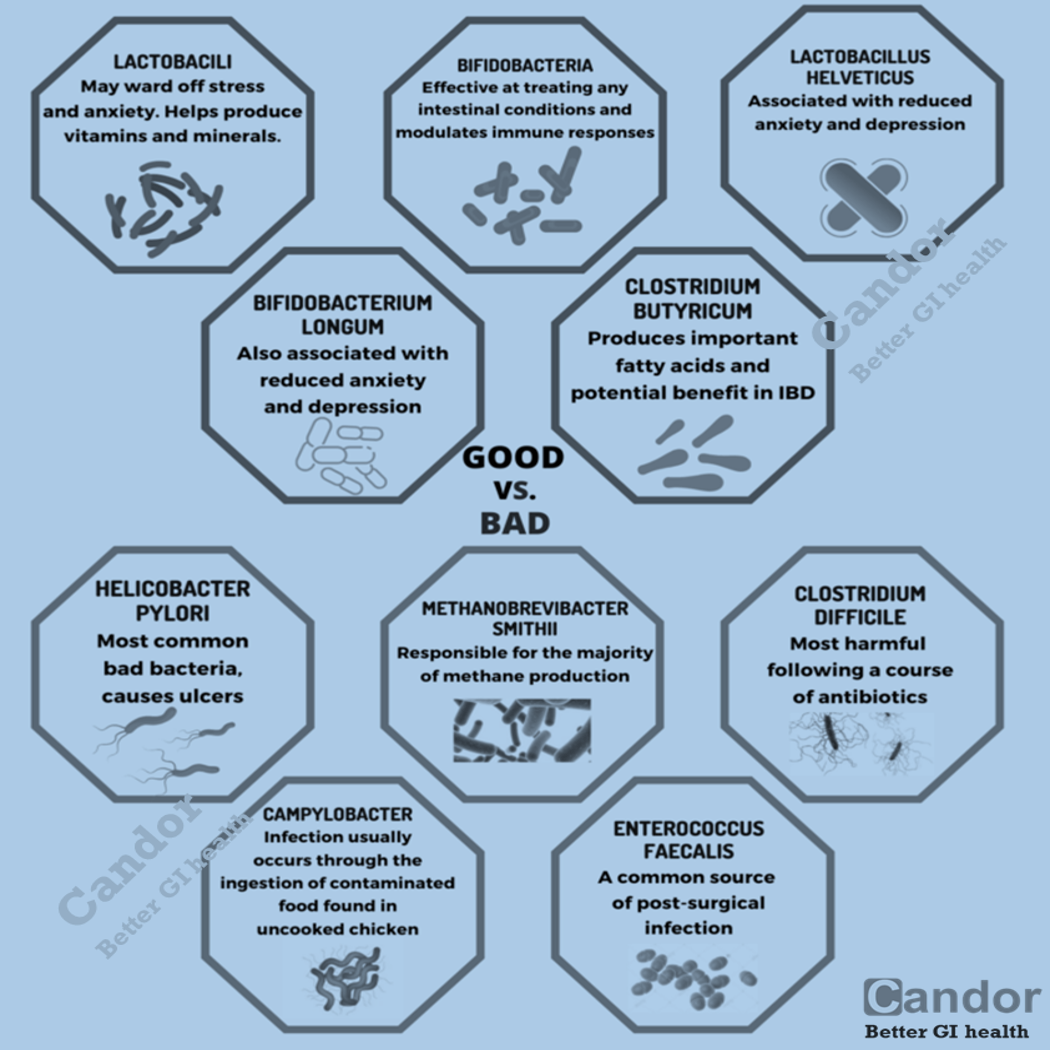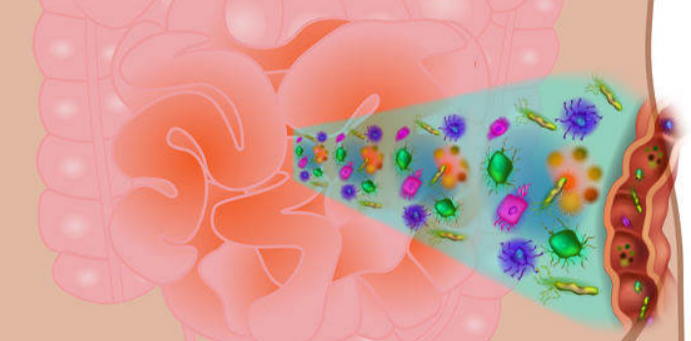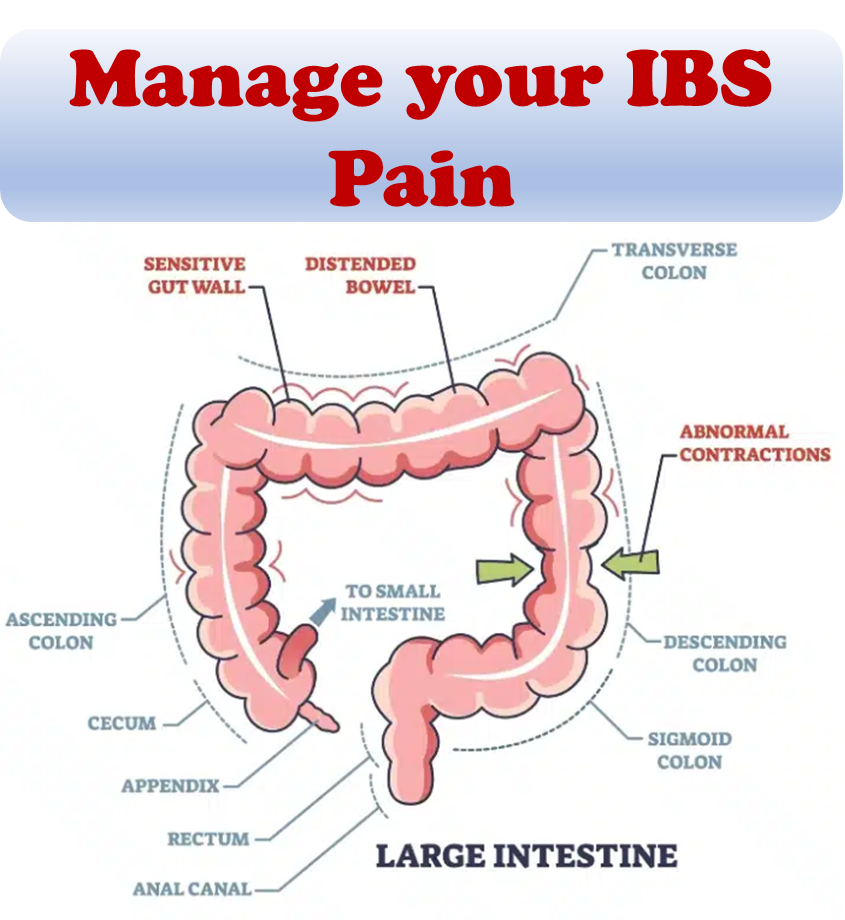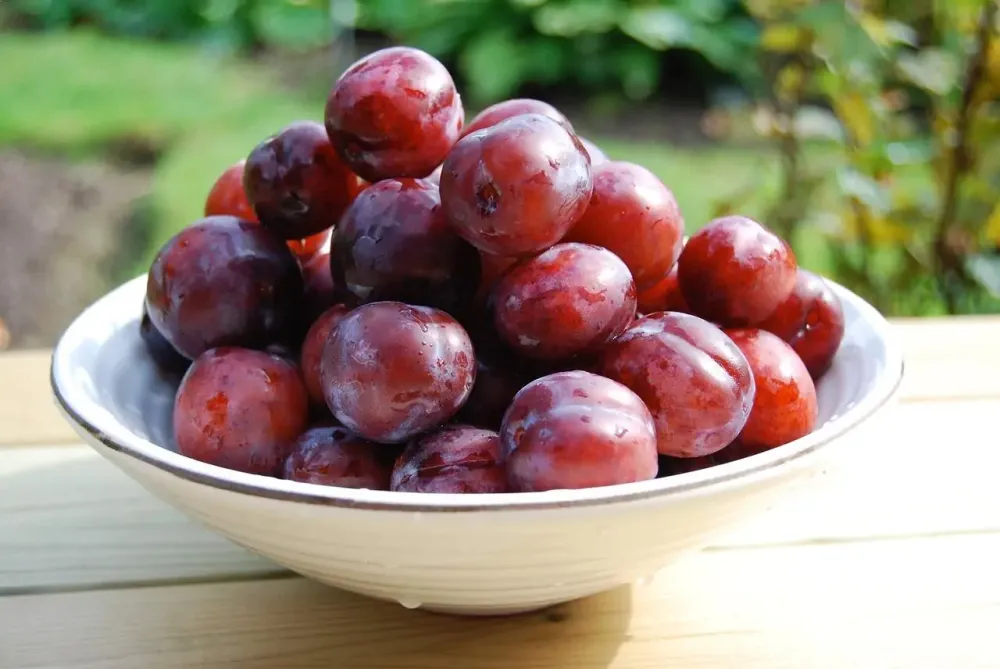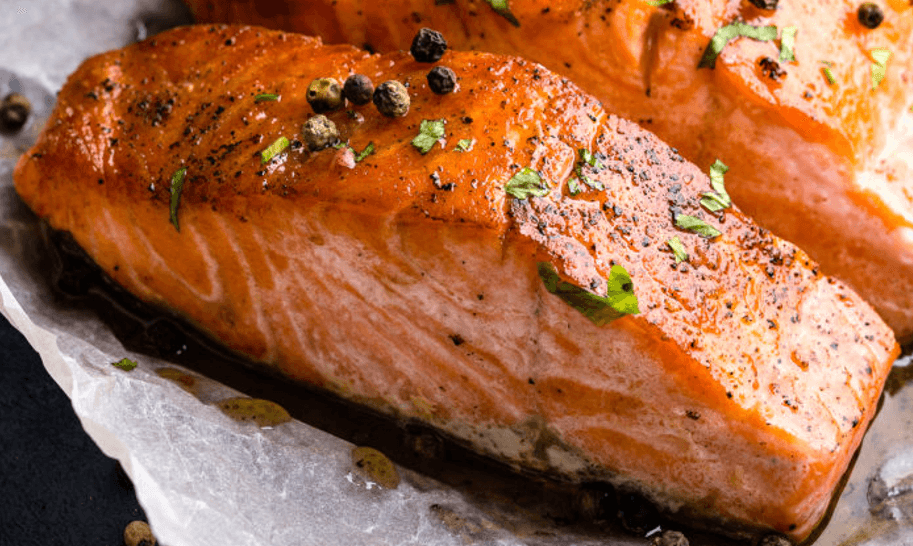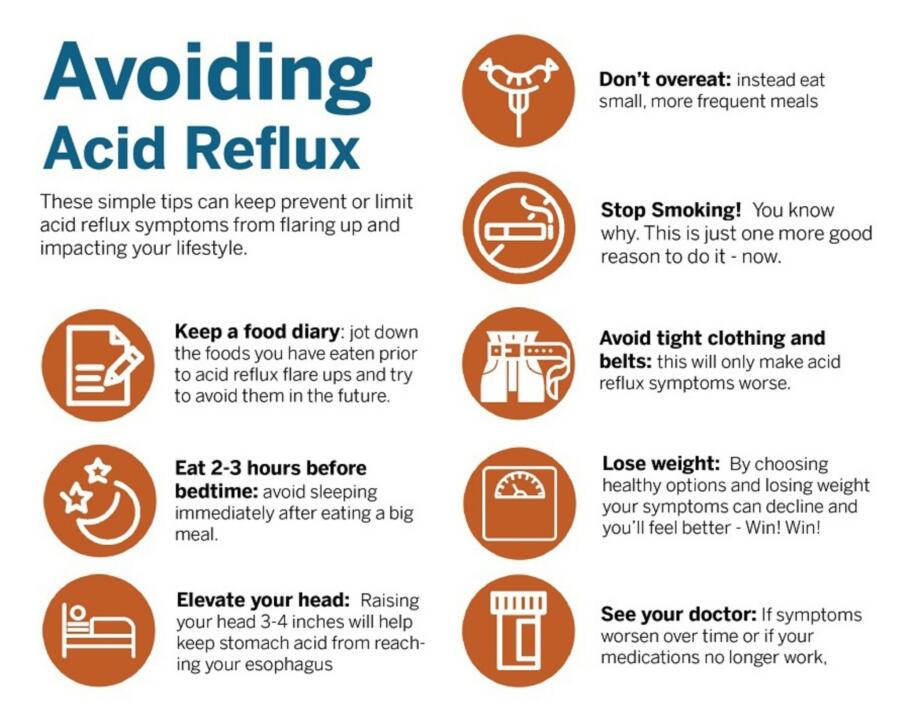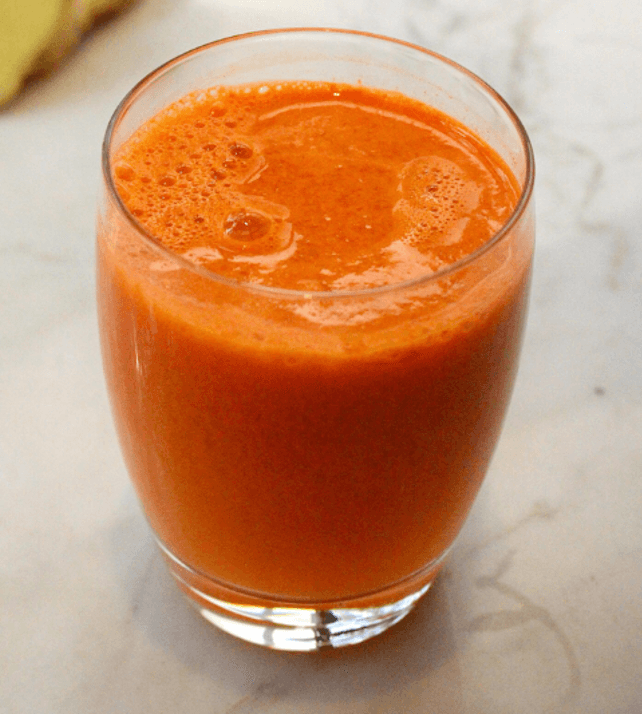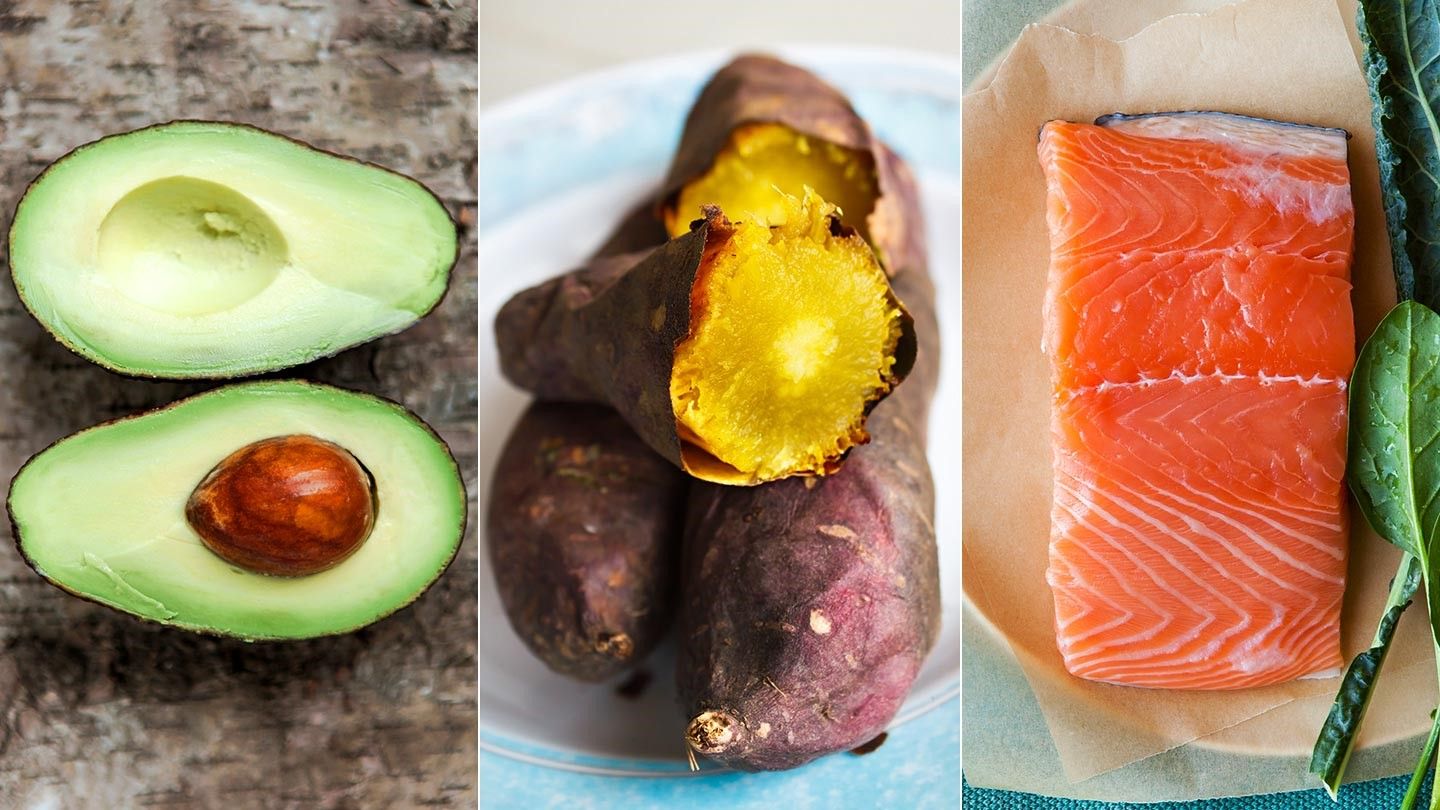Fructose, a natural sugar present in fruits, select vegetables, and honey, can pose challenges for certain individuals who struggle to absorb it effectively. This condition, known as fructose intolerance, manifests in two distinct forms: dietary and hereditary.
Fructose intolerance is characterized by a range of symptoms, including bloating, flatulence, diarrhea, and abdominal pain. If you’re experiencing discomfort, it’s worth investigating whether fructose intolerance could be the underlying cause of your troubles.
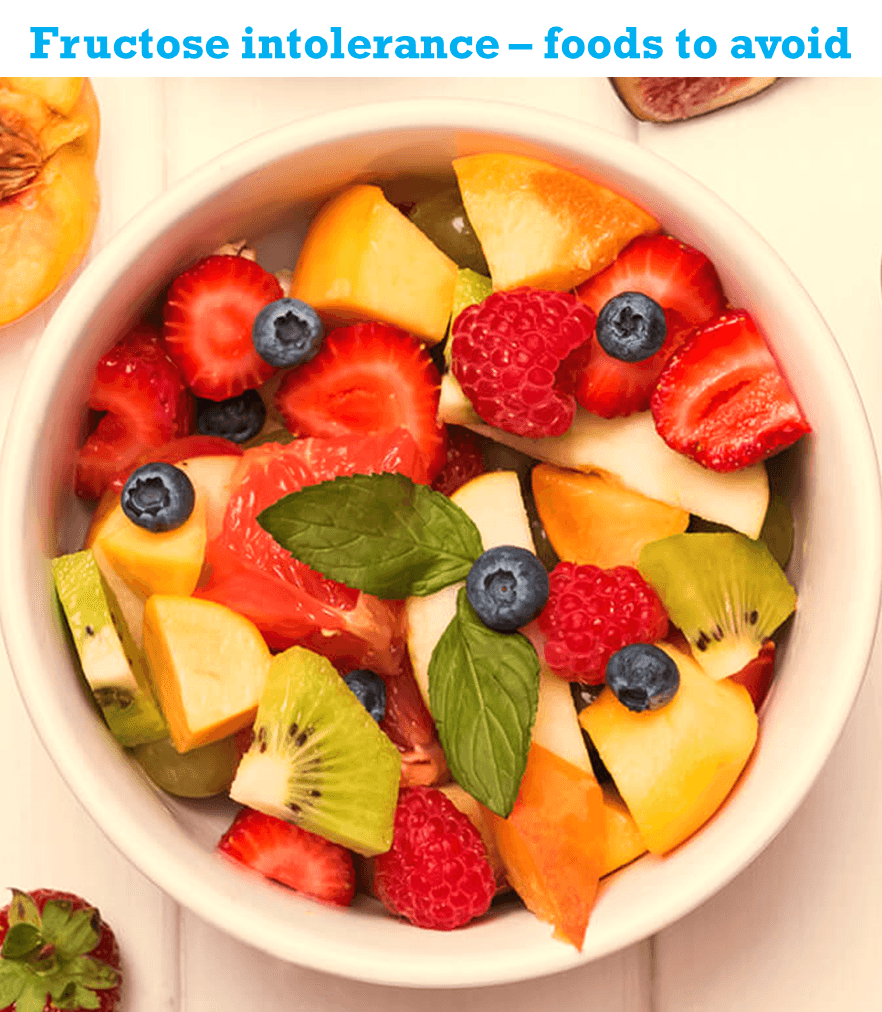
Hereditary fructose intolerance
Hereditary fructose intolerance arises from a genetic disorder where the body lacks the requisite protein or enzyme necessary to metabolize fructose. Consequently, individuals with this condition face difficulties in digesting fructose contained in various food sources.
Hereditary fructose intolerance results from the malfunctioning of an enzyme called aldolase B, primarily found in the liver. This enzyme aids in the conversion of fructose into usable energy. If both parents possess the gene responsible for aldolase B dysfunction, there is a 25% likelihood of developing hereditary fructose intolerance.
Consuming foods containing fructose or sucrose (another type of sugar) becomes problematic as the body cannot convert stored sugar into glucose, leading to fluctuations in blood sugar levels and potential toxin accumulation in the liver.
Most individuals with hereditary fructose intolerance exhibit symptoms during infancy, with fewer cases diagnosed in adults. Common signs of intolerance in infants emerge upon introducing fructose-containing foods and may include:
- Jaundice
- Impeded growth
- Vomiting
- Abdominal bloating
- Decreased phosphate and glucose levels in the blood
- Elevated fructose levels in the urine and blood
- Nausea
- Abdominal pain
- Aversion to sweet fruits and foods
Hereditary fructose intolerance can be perilous as undigested fructose accumulates in the body, potentially causing damage to the liver, kidneys, and even leading to seizures, coma, or organ failure.
Other serious complications associated with hereditary fructose intolerance encompass:
- Gout
- Liver failure
- Bleeding disorders
- Hypoglycemia (low blood sugar)
- Fatality
Fructose malabsorption
Dietary fructose intolerance, also known as fructose malabsorption, differs from hereditary fructose intolerance as it does not stem from an enzyme deficiency. Instead, it arises from the inability of intestinal cells to effectively break down fructose present in consumed food.
Each individual possesses a unique threshold for fructose absorption and digestion. This threshold varies among people. Factors such as celiac disease, Crohn’s disease, gastroenteritis, inflammation, stress, and the use of antibiotics can influence the body’s capacity to absorb fructose. Unlike hereditary fructose intolerance, dietary fructose intolerance typically develops during adulthood.
Malabsorbed fructose refers to fructose that remains undigested and ferments in the lower intestines. Consumption of high-fructose foods can lead to symptoms resembling those of irritable bowel syndrome (IBS), including:
- Abdominal bloating
- Flatulence
- Diarrhea
- Stomach discomfort
Diagnosis
To diagnose hereditary fructose intolerance, healthcare professionals may conduct various tests on infants exhibiting symptoms. Some tests used to confirm this condition include:
- Blood sugar tests
- Urinalysis
- Genetic testing
- Liver biopsy
- Enzyme tests
During the diagnosis, a physical examination may also be conducted to assess the size of the spleen and liver, as well as the presence of jaundice in the baby.
Diagnosing dietary fructose intolerance poses more challenges due to similarities in symptoms with other conditions. Multiple tests may be required to differentiate and confirm the diagnosis.
The most effective test for diagnosing fructose intolerance is the breath test. This test involves consuming a solution containing dissolved fructose and measuring the levels of methane and hydrogen exhaled, which indicate the body’s ability to digest fructose properly.
People who have fructose intolerance should limit high-fructose foods, such as juices, apples, grapes, watermelon, asparagus, peas and zucchini. Some lower fructose foods — such as bananas, blueberries, strawberries, carrots, avocados, green beans and lettuce — may be tolerated in limited quantities with meals.
Foods to Avoid
If you have fructose intolerance, it is advisable to abstain from consuming foods and beverages rich in fructose. Fructose is present in various fruits, and high-fructose corn syrup is a common sweetener found in numerous products.
The following foods should be avoided:
- Sweeteners such as agave, honey, high-fructose corn syrup, maple syrup, molasses, palm or coconut sugar
- Fruit juices
- High-fructose fruits like apples, grapes, watermelon, and tomatoes
- High-fructose vegetables like peas, asparagus, zucchini, artichokes, leeks, okra, mushrooms, and bell peppers
- Soda
To maintain a balanced diet while managing fructose intolerance, consider incorporating fruits and vegetables with lower fructose content, such as:
- Citrus fruits like lemons, limes, and oranges
- Avocados
- Berries like strawberries, blueberries, and cranberries
- Bananas
- Lettuce
- Green beans
- Cantaloupe
Since limiting fructose intake can be challenging due to the exclusion of various fruits and vegetables, working with a dietitian or specialist can help ensure adequate nutrition. The positive aspect is that by reducing fructose consumption, you can significantly alleviate symptoms associated with fructose intolerance. See our article on fructose malabsorption.
References:
- Montalto M, Gallo A, Ojetti V, Gasbarrini A (2013). “Fructose, trehalose and sorbitol malabsorption” (PDF). Eur Rev Med Pharmacol Sci (Review).
- Gibson, P. R; Newnham, E; Barrett, J. S; Shepherd, S. J; Muir, J. G (2006). “Review article: Fructose malabsorption and the bigger picture”. Alimentary Pharmacology & Therapeutics.
- Bidwell, Amy J. (28 May 2017). “Chronic Fructose Ingestion as a Major Health Concern: Is a Sedentary Lifestyle Making It Worse? A Review”. Nutrients.
- Gibson, Peter R; Shepherd, Susan J (2010). “Evidence-based dietary management of functional gastrointestinal symptoms: The FODMAP approach”. Journal of Gastroenterology and Hepatology.
- Shepherd SJ, Gibson PR (2006). “Fructose malabsorption and symptoms of irritable bowel syndrome: guidelines for effective dietary management”. Journal of the American Dietetic Association.
- Staudacher HM, Irving PM, Lomer MC, Whelan K (April 2014). “Mechanisms and efficacy of dietary FODMAP restriction in IBS”. Nat Rev Gastroenterol Hepatol (Review).
- Tuck, CJ; Muir, JG; Barrett, JS; Gibson, PR (2014). “Fermentable oligosaccharides, disaccharides, monosaccharides and polyols: role in irritable bowel syndrome”. Expert Rev Gastroenterol Hepatol.


